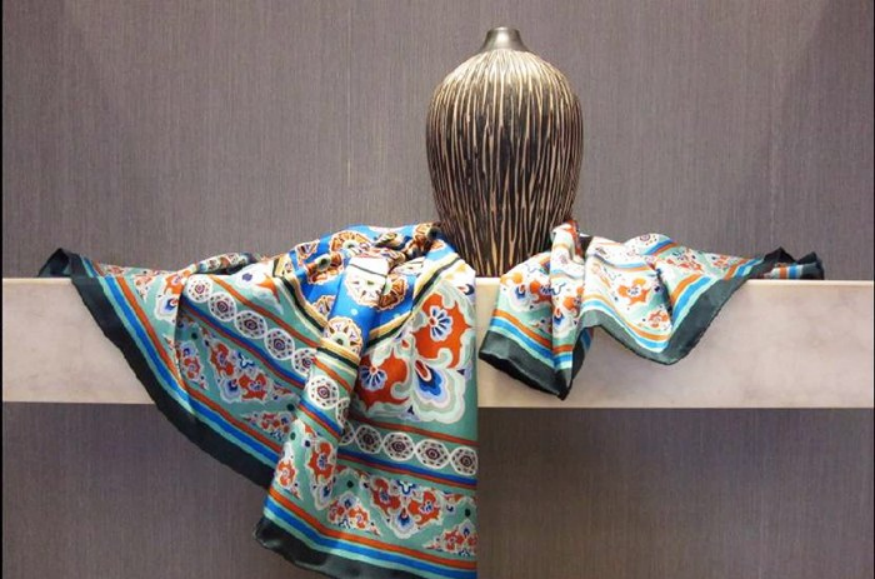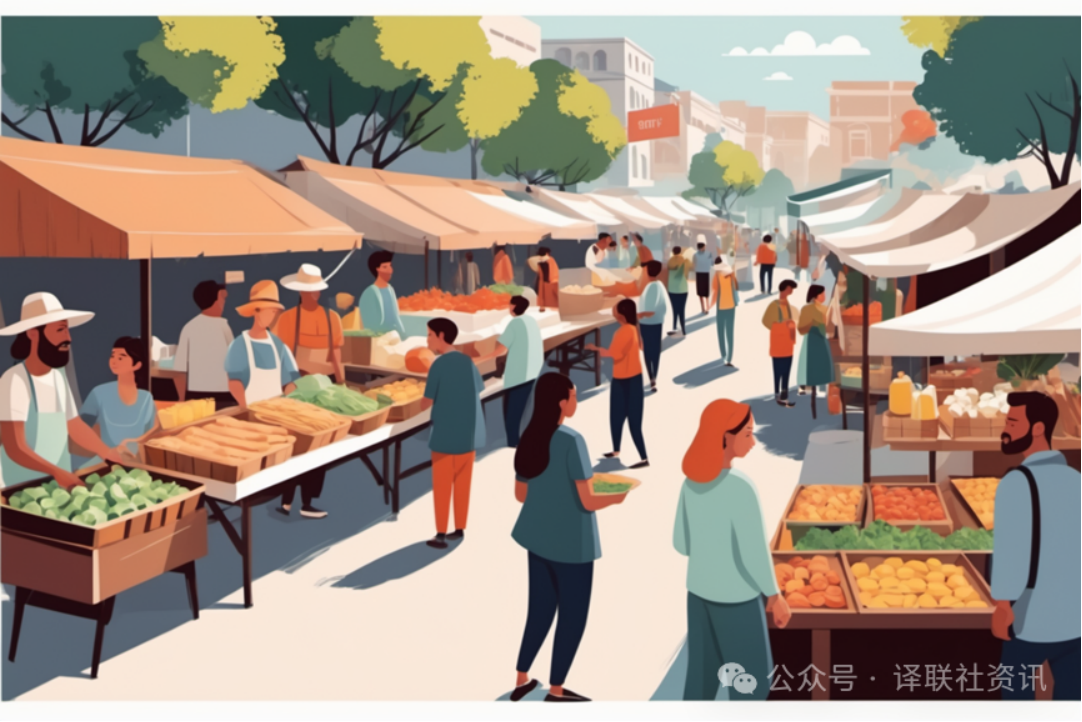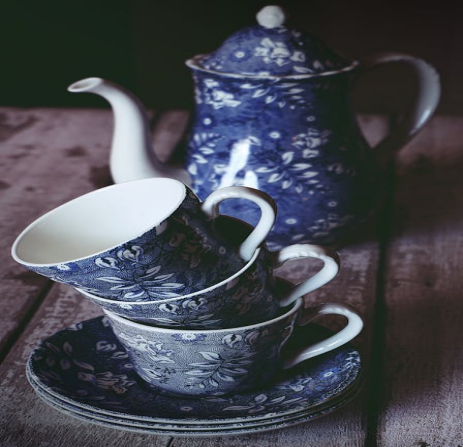The same world ,different culture.
In the long history of China, there is a substance that has become a world-renowned treasure with its delicate touch, gorgeous luster, and profound cultural heritage, and that is silk. Silk, a specialty of China, was not only an important trade commodity on the ancient Silk Road, but also a crystallization of the wisdom of Chinese civilization. Today, let's embark on this fantastic journey of exploring silk culture together!
The Origin of Silk: From Leizu,a figure in ancient China , to the "Silkworm God"
The origin of the story can be traced back to the time of the Yellow Emperor in ancient times. Leizu,imperial concubine, is known as the inventor of silk. According to legend, she accidentally discovered the secret of silkworms spinning silk and wove these natural threads into exquisite silk. From then on, silk became a new choice for human clothing, gradually replacing animal skins and leading a new chapter in fashion. Leizu is therefore revered as the "Silkworm God" with admiration for generations.

The Miracle of Archaeology: A Witness to 5000 Years of History
The history of silk is not only passed down in mythology, but also confirmed by archaeological discoveries. In 1926, a half cut silk cocoon shell was discovered during archaeological excavations, which immediately caused a sensation in the archaeological community. Subsequently, archaeologists in the Yangtze River Basin and Yellow River Basin successively excavated more ancient silk fabrics, which proved that the history of sericulture and silk weaving in China was at least 5000 years.
The Brilliance of the Han Dynasty: The Starting Point of the Silk Road
Silk truly began to enter the world during the West Han Dynasty. During the reign of Emperor Wu of Han, Zhang Qian's mission to the Western Regions not only opened up the road to the West, but also created a silk trade route spanning across the Eurasian continent - the Silk Road. The silk fabrics of the Han Dynasty, represented by brocade and embroidery, were exquisitely crafted and colorful, becoming the favorite of the royal family and nobles. With the prosperity of the Silk Road, silk,china treasure card,gradually spread to the world .
The peak of Tang and Song dynasties: the pinnacle of silk art
In the Tang and Song dynasties, the silk industry reached unprecedented glory. The silk production operated by the Tang Dynasty government was fully managed by the Weaving and Dyeing Bureau, and there were also local brocade workshops under their jurisdiction throughout the country. The silk fabrics of the Tang Dynasty not only strived for excellence in craftsmanship, but also reached the pinnacle in color, style, and quantity. In the Song Dynasty, the scale of official silk production far exceeded that of the Tang Dynasty, and folk silk also developed unprecedentedly, with countless family workshops specializing in silk production. During the Tang and Song dynasties, silk was considered first-class in terms of craftsmanship, production, and variety, and the foreign trade of silk was also flourishing.

The Inheritance of Yuan, Ming and Qing Dynasties: The Legend of Hangzhou Silk
The silk industry continued to develop in the Yuan, Ming, and Qing dynasties, and Hangzhou silk was renowned both domestically and internationally for its gentle texture, beautiful colors, and excellent elasticity. Hangzhou silk is not only a specialty of Hangzhou city, but also an iconic product of China. In Hangzhou, silk is not only a choice for clothing, but also integrated into people's daily lives, becoming a symbol of culture.
In modern society, silk is not only used for high-end clothing and home decoration, but also radiates new vitality in technological innovation and artistic creation. Silk culture, as one of China's national treasures, is moving towards the world with a more open attitude, allowing people around the world to experience this colorful chapter from the East together. Silk, this treasure of China, is telling the story of Chinese civilization and conveying the beauty of the East in its unique way.




